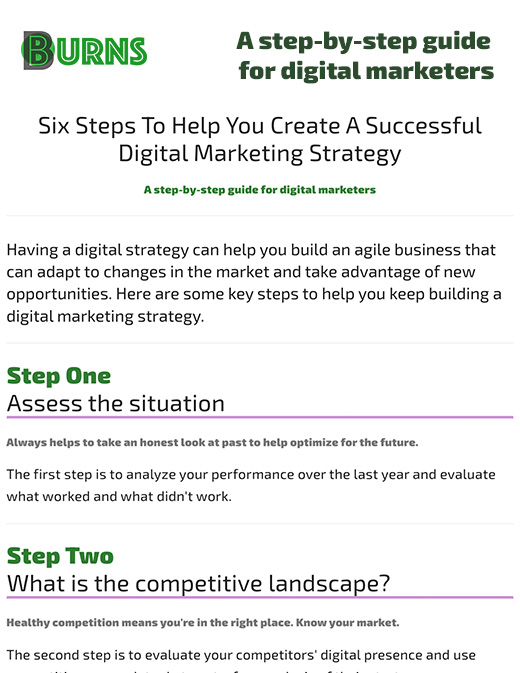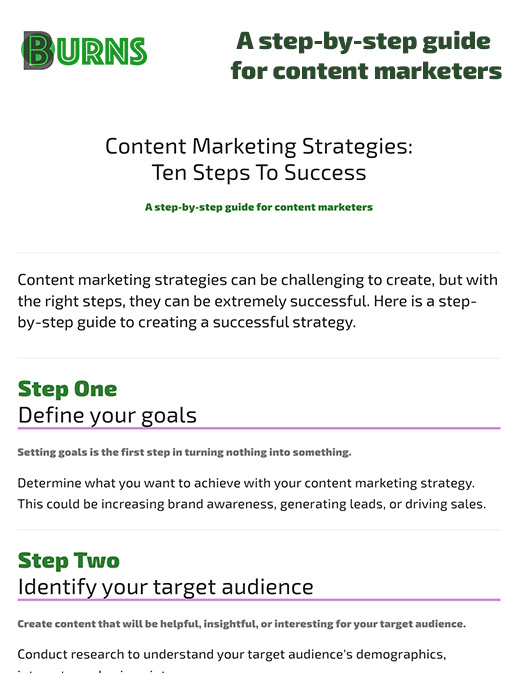Leadership development: Reflections on the process
Josh BurnsDate: January 7, 2024 | Time: 4 min to read
Why did the scarecrow become a great leader? Because he was outstanding in his field! Exploring, evaluating, and sharing experiences in leadership development
I had a great conversation with a friend last week. We were discussing youth sports, clubs, and teamwork in general. They pointed out it was fascinating how much of our lives are shaped at an early age, and we see it play out as adults. After some time, we discussed some more, and they asked a question that was unexpectedly refreshing. How did you learn to be a leader? That question immediately put a smile on my face. A well-timed question like that sparked so much brain activity. I tend to focus a lot on the why. This presented a great opportunity to reflect on the how.
I developed skills from working with an incredible group of professionals and leaders throughout my career. As a result of all of these experiences, I was directly and indirectly taught more and pushed further than I could have ever imagined, which is absolutely priceless. I continue to pickup new skills, learn from, and draw inspiration from anywhere and anyone I can.
The journey from an individual contributor to a leader is discussed often. The transition to a manager role requires a change in mindset and the development of new skills. From very early on I was extremely lucky to have my father, who built and led a small business for more than 40 years. He showed me the important areas to focus on and how to continue to improve as a leader. He would always emphasize development never ends. Self-awareness, continuous development, communication, leading by example, openness and honesty, delegation, and motivation are all so important. Effective leadership combines these factors, and of course is adapted to our individual situations and needs. We are guided and grounded by these types of core values. When I take a step back, I consider some other key values that help me focus and lead successful teams.
A set of values that inspire trust, commitment, and success
To me, these values are essential to leadership, and I strive to embody them every day:
- Always prioritize people: Understand the synergy between people and performance. Hold individuals accountable for their choices, and enforce a high standard of behavior and performance.
- Recognize individual strengths: Build a high-performing team by leveraging each member's abilities, improve team performance and goal achievement. Delegating tasks to those who are strong in areas where you have weaknesses. Increase job satisfaction and reinforce a positive culture.
- Get to know the customer deeply: Developing a deeper understanding of our customers, helps us market better, improves customer experiences, and ultimately increases loyalty and profitability.
- Balance vision with flexibility: Integrate consistency and adaptability in our approach. Consistency provides stability and reduces uncertainty, while flexibility allows us to adapt to change and seize opportunities.
- Champion quantitative and qualitative data: Always emphasize the complementary nature of these two types of data. Quantitative data provides numerical information and is useful for measuring and analyzing statistical trends, while qualitative data offers in-depth insights and understanding of underlying reasons and motivations (or the why).
There is a growing movement on adaptive leadership, which emphasizes leading effectively in a rapidly changing environment. As individuals and organizations, it is important to prioritize leadership development.
What are some practical ways to strengthen our own development?
- Apply key skills: Actively listen, offer help, support team needs, communicate effectively, think strategically.
- Seek relevant leadership skills: Skills for strategic leadership such as active listening, communication, diplomacy, humility, empathy, and more.
- Tips to strengthen skills: identify strengths and weaknesses, understand leadership styles, target skills, and strengthen our networks.
- Create development strategies Focus on soft-skills, identify skill gaps, research competition, and create more micro-development opportunities, or short term voluntary learning and development experiences.
- Success of leadership development programs: Research has shown that leadership development programs can boost personal growth and wellbeing. 1
We do not have the luxury of the scarecrow. Don't stand around expecting to become outstanding. Take steps to continue to develop your leadership style.
Concluding thoughts for the day
The truth is that learning never ends and leadership is a continuous journey of development. A good leader connects with others, motivates them, and inspires them, and self-awareness is crucial to this process. There are so many examples of influential and inspiring leaders who are changing industries and setting the standard for excellence. My plan is to work with and listen to as many as possible, share back as much as I can, and prioritize continued development. What is your plan for continued development?
★ Bits & Bytes: There are some great resources out there for creating leadership development programs. These don't need to be incredibly extensive, but is in important to have a program of some kind. Employees gain value, customers gain value, and in the end the business benefits in every way.
Resources:
- (1) Harvard Business Review What Makes Leadership Development Programs Succeed?
- EdApp's Corporate Leadership Training Courses: 10 Corporate Leadership Training Courses
- Leadership Success - Corporate Leadership Development Programs
Resources



